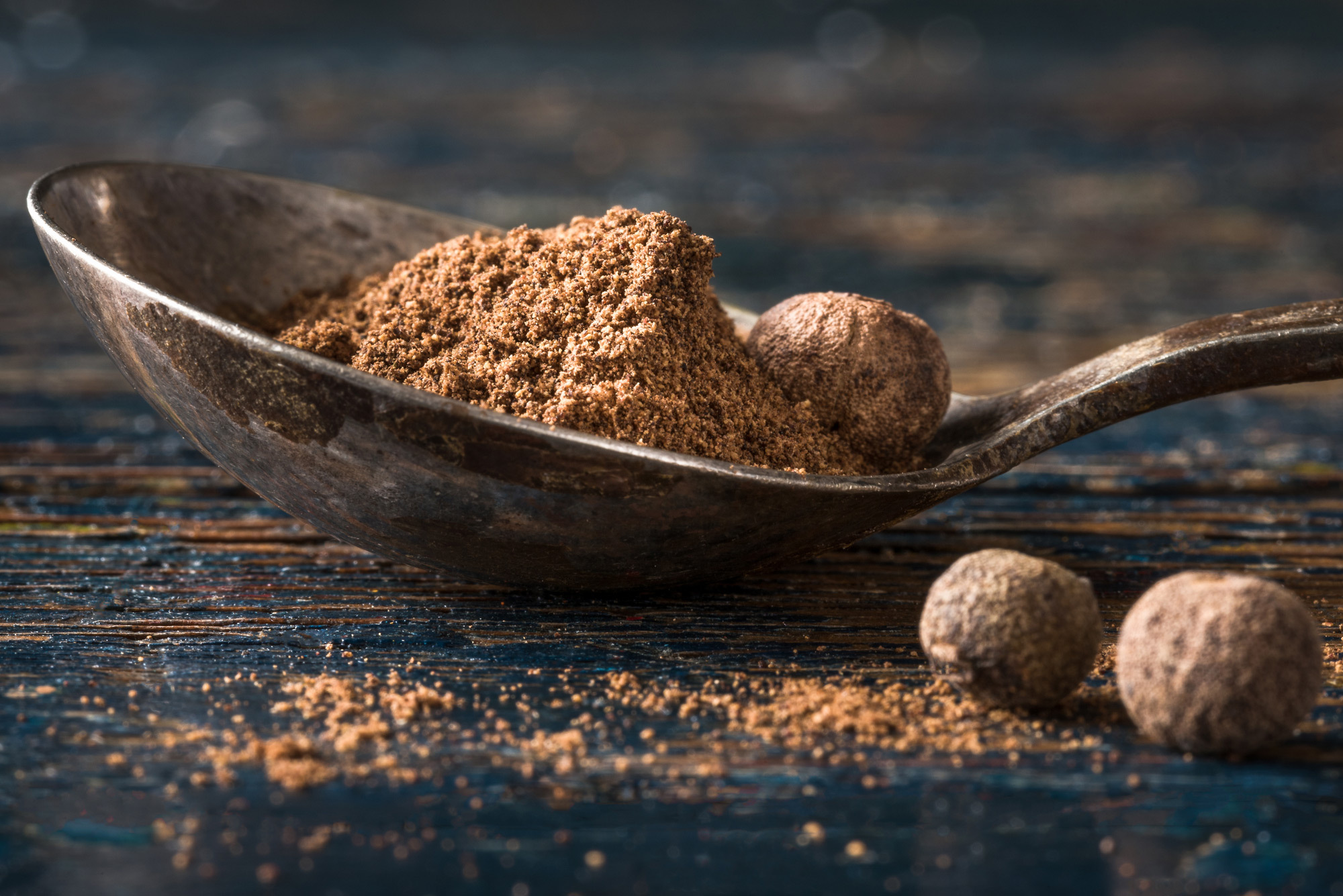Allspice
Allspice, often mistaken as a blend of multiple spices, is, in fact, the dried berry of the Pimenta dioica tree. Renowned for its rich aroma, reminiscent of cloves, cinnamon, and nutmeg, it is an essential component in various global cuisines. Although it's native to the Central American and Caribbean regions, its culinary and medicinal appeal has made it a cherished spice worldwide, including in Canada.

More on Allspice
About
The allspice tree, Pimenta dioica, thrives in the warm climates of the Caribbean and Central America. Its name, “allspice,” was coined by the English in the 1600s due to its aroma, which seemed like a blend of several familiar spices. The berries, when dried, resemble large brown peppercorns. Though not cultivated extensively in cooler climates like Alberta's, it's widely available in stores due to its global demand, ensuring a place in Alberta's pantries.
History
Historically, allspice has been more than just a culinary delight. Indigenous peoples of Central America used it for medicinal purposes, treating ailments like digestive issues and muscle pain. It found its way to Europe after the voyages of Christopher Columbus and quickly gained popularity. In Canada, and regions like Alberta, allspice became known and beloved over time, especially in seasonal dishes, baked goods, and preserving. Its warm, comforting aroma made it a staple for autumn and winter recipes.
Ways To Cook
Allspice is of many uses in the kitchen, effortlessly enhancing both savoury and sweet dishes. It's a key ingredient in Caribbean jerk seasoning, providing depth and warmth. In Alberta, and much of Canada, it's cherished in pumpkin pies, gingerbread cookies, and pickling mixtures. The spice also finds its way into warm beverages, stews, and braised dishes, imparting a comforting, spicy undertone. When using allspice, a little goes a long way; its potent flavour can easily dominate a dish. Grinding the dried berries fresh ensures maximum flavour, elevating dishes to aromatic perfection.
